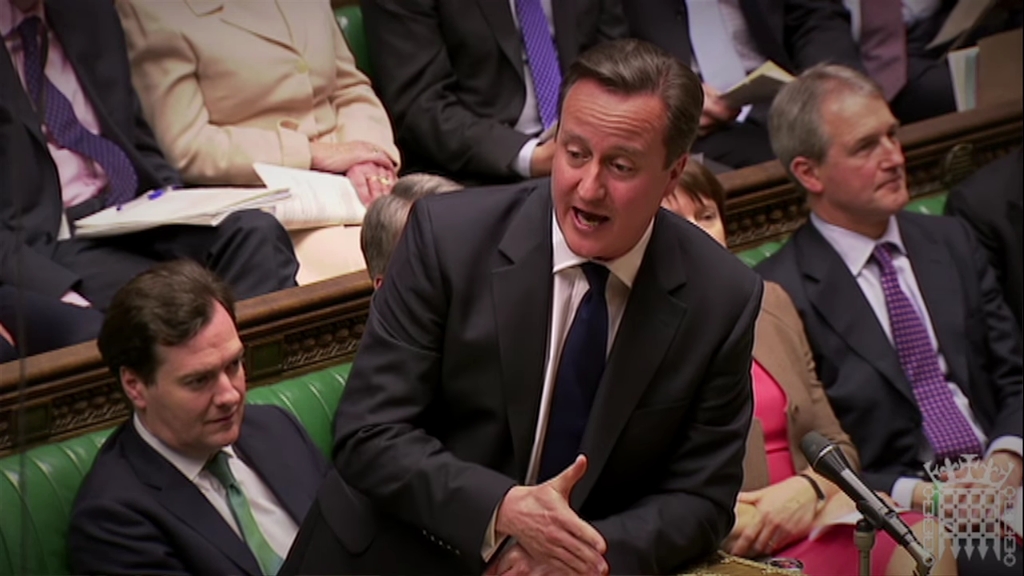
Welcome, folks, to an unvarnished, no-BS analysis of the past 13 years under Tory rule. As we teeter on the brink of another election, it’s high time we cut through the political fog and see what’s been really going on. We’ve been under the Conservative thumb since 2010, and boy, has it been a rollercoaster.
I’m not here to just rehash history. No, I’m here to expose the myths and realities of Tory governance. We’re talking about a party that’s been steering the ship for over a decade, and what a journey it’s been – from broken promises to half-baked policies.
My mission is clear: arm you with the brutal truth about how well (or miserably) the Tories have kept their word. We’re talking about your lives, your futures, being toyed with in the halls of power. It’s time we remembered, and I mean really remembered, what they pledged versus what they actually delivered.
As we dissect each manifesto, from 2010 to the present, think of it as a reality check. This isn’t just some academic exercise; it’s a deep dive into how the Tories’ decisions have affected every one of us, from the NHS to education, from the economy to immigration.
Why? Because in the heat of an election, promises are tossed around like confetti, but it’s the delivery that counts. We’ve seen over a decade of Conservative rule, and it’s crucial to reflect on their track record. It’s time to debunk the myths, tear down the smoke and mirrors, and see the bare, unpolished truth.
This series is for those tired of political spin, for those who want the hard facts, not just emotional rhetoric. By the end, you’ll be equipped not just with information, but with power – the power to make an informed choice when you’re standing in that voting booth.
So buckle up, because we’re about to take a no-holds-barred journey through 13 years of Tory rule. It’s going to be enlightening, infuriating, and absolutely necessary. Stay tuned – the ride starts now.
The Tory Government (2010-2015)
Government Tenure:
- Began: May 11, 2010
- Ended: May 7, 2015
Leadership during 2010-2015:
- Prime Minister: David Cameron
- Home Secretary: Theresa May
- Chancellor: George Osborne
- Foreign Secretary: William Hague (2010 – 2014), Philip Hammond (2014 – 2015)
National Result
Composition of the House of Commons
The 2010 Tory Manifesto
Economy:
- Reverse Labour’s National Insurance rise for those earning under £35,000. ✅
- A cunning ploy to seduce the working-class while painting Labour as the villains. Classic Tory subterfuge.
- Emergency budget to cut the deficit. ✅
- This wasn’t fiscal prudence; it was economic carnage. Austerity dressed up as necessity, hammering the most vulnerable while the rich got richer.
- Freeze council tax for two years. ✅
- Sure, freeze council tax, but then strangle local government funds. It’s like giving a starving man a biscuit and patting yourself on the back.
- Increase the inheritance tax threshold to £1m. ❌
- A fairy-tale promise that vanished like smoke. Typical Tory grandstanding with zero follow-through.
- Raise NHS spending in real terms. ✅
- They threw crumbs at the NHS – a token gesture that did little to address the chronic starvation of our health system.
- Support small business growth. ✅ (Partial)
- Lip service to small businesses while kowtowing to corporate giants. The usual Tory playbook.
Education and Families:
- Raise entry requirements for teachers. ✅
- Hypocrisy at its finest – demand more from teachers while gutting the education system’s resources.
- Freedom for schools to offer international exams. ✅
- A smoke screen for deepening inequality in education. More choice, but only for those who can afford it.
- Boost apprenticeships. ✅
- One of their few redeeming moves, but a mere drop in the ocean compared to the damage done elsewhere.
- Empower parents in school closures. ✅
- A clever way to offload government responsibility onto parents. Typical Tory sleight of hand.
Other Areas:
- High-speed rail link. ✅
- A saga of overspending and delays. They promised a sprint but delivered a crawl which came to a shuddering halt under our current government.
- Block airport expansion. ❌
- When it came to the environment, their spine was as sturdy as overcooked spaghetti.
- Promote low-carbon energy and environmental taxes. ✅ (Partial)
- A half-hearted nod to environmental concerns, more about PR than actual change.
In essence, the 2010 Tory manifesto was a masterclass in deception – grand promises with little substance, a government more interested in appearances than genuine reform. They led us down a path lined with broken pledges, leaving a legacy of pain and disparity.
Overall Percentage Fulfilment of the 2010 Manifesto: 73 per cent
Let’s not kid ourselves – that 73 percent fulfilment rate is as inflated as a hot air balloon. The Tories may have technically ticked off some boxes, but it’s the substance that’s sorely lacking.
Economically, it was a charade of fiscal prudence. They played the working-class hero while simultaneously orchestrating an economic divide wider than the Grand Canyon. The inheritance tax promise? A spectacular belly flop.
Education was a parade of token gestures, like handing out water pistols to fight a forest fire. Higher standards for teachers, they said, while cutting funding like a butcher.
Healthcare? More like health-don’t-care. The NHS was left gasping for air under their so-called generous funding. It’s like praising someone for providing a life jacket when they’ve thrown you off the boat.
As for law and order, it was all bark, no bite. Their immigration policies were more about headline-grabbing than practical solutions.
And political reform? They merely tiptoed around it. Promising to trim down MPs and then chickening out is like saying you’ll clean up the mess but just hiding it under the carpet.
In short, this 73 per cent is a mirage in a desert of broken promises and half-hearted efforts. The Tories’ tenure was less about fulfilling promises and more about maintaining an illusion of competence. It’s a classic story of over-promising, under-delivering, and leaving the public to pick up the pieces.
The Legacy of the 2010 Tory Government
The 2010 Tory government’s legacy is a stark testament to the harsh realities of austerity and its lasting scars on society. It was a period marked not just by unmet promises but by policies that actively unravelled the social fabric.
The austerity measures, implemented under the guise of economic necessity, were more akin to wielding a sledgehammer to crack a nut. The relentless cuts to public services and welfare benefits didn’t just tighten belts; they choked entire communities. The impact was most visceral in the sectors that needed the most nurturing – healthcare and education.
In healthcare, the Tories’ approach was akin to applying a bandage to a haemorrhaging wound. Yes, they increased NHS spending, but this was grossly inadequate. It failed to address the systemic issues plaguing the health service, leading to longer waiting times, staff shortages, and a system teetering on the brink of collapse.
Education took one of the hardest hits. The narrative of “raising standards” masked a reality of budget cuts, leading to overcrowded classrooms, demoralised teachers, and a generation of students short-changed. It was a myopic vision that sowed the seeds for a crisis in education that we’re still grappling with today.
The government’s tough stance on crime and immigration often felt more performative than pragmatic. It played well in headlines but left communities and public services grappling with the fallout of these hard-line policies.
Politically, the promised reforms were largely cosmetic, leaving the deeper systemic issues untouched. The failure to reduce the number of MPs was emblematic of a wider reluctance to engage in genuine political transformation.
In sum, the 2010 Tory government’s tenure was marked by policies that prioritized fiscal austerity over social welfare, leaving deep and enduring impacts on British society. Their legacy is a sobering reminder of the real-world consequences of political decisions, where the pursuit of economic targets came at the cost of societal well-being.
Originally published by the author on Substack. Parts 2,3 and 4 to follow.







